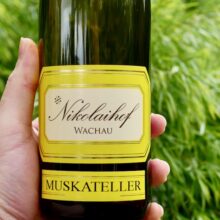
Product information
Weingut Nikolaihof Gelber Muskateller 2022
$96
Description
Note on the 2021 Muskateller:
Carrying a little CO2 making for a lively palate when combined with plentiful fine acid. Muscat shining on the nose with all of those floral and fragrant terpenes. They can be overbearing in some wines, not so here, they sit in balance and harmony with citrus ad spice. A salty mineral pleasantly sour hit, on again, a beautifully weighted palate. As the CO2 blows off the expression builds. A Playful, fun and delicious dry Muskateller AKA Muscat à Petits Grains Blanc
**DUE MID-2024**
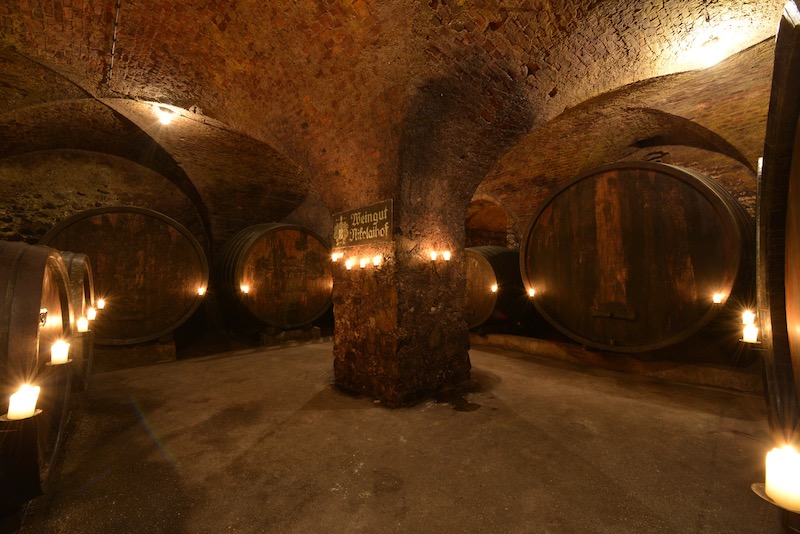






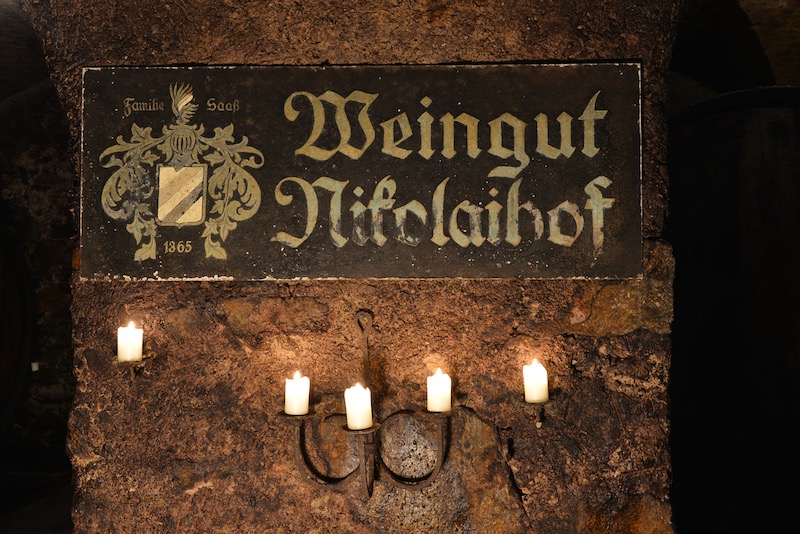
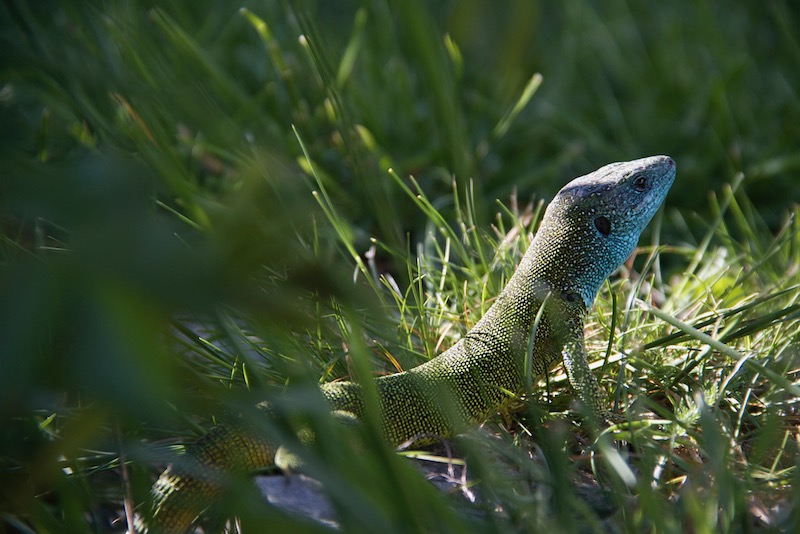
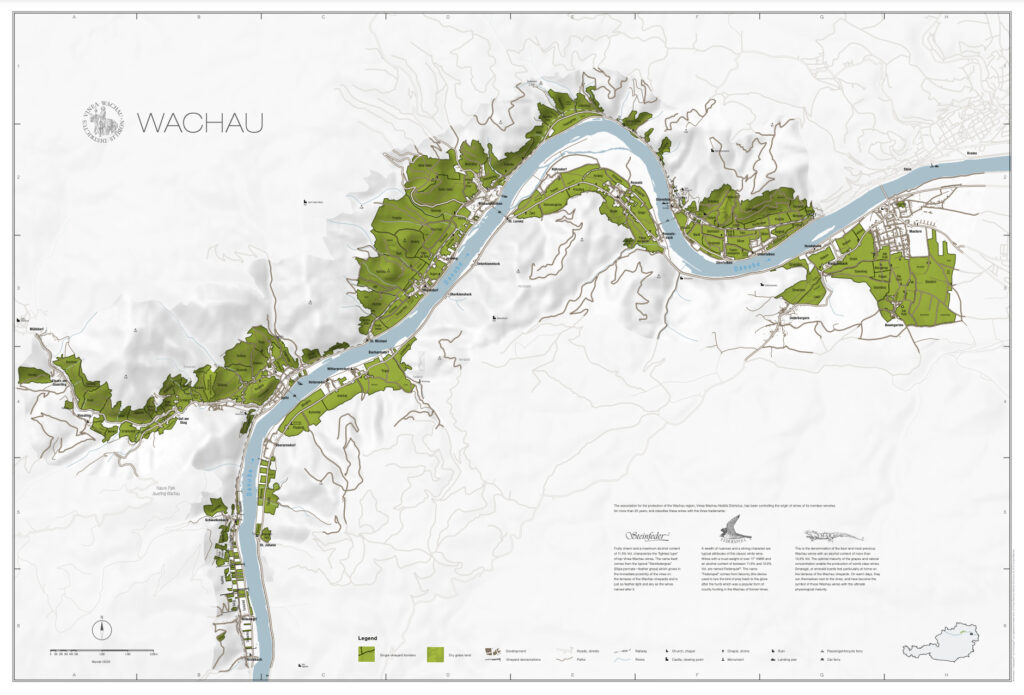
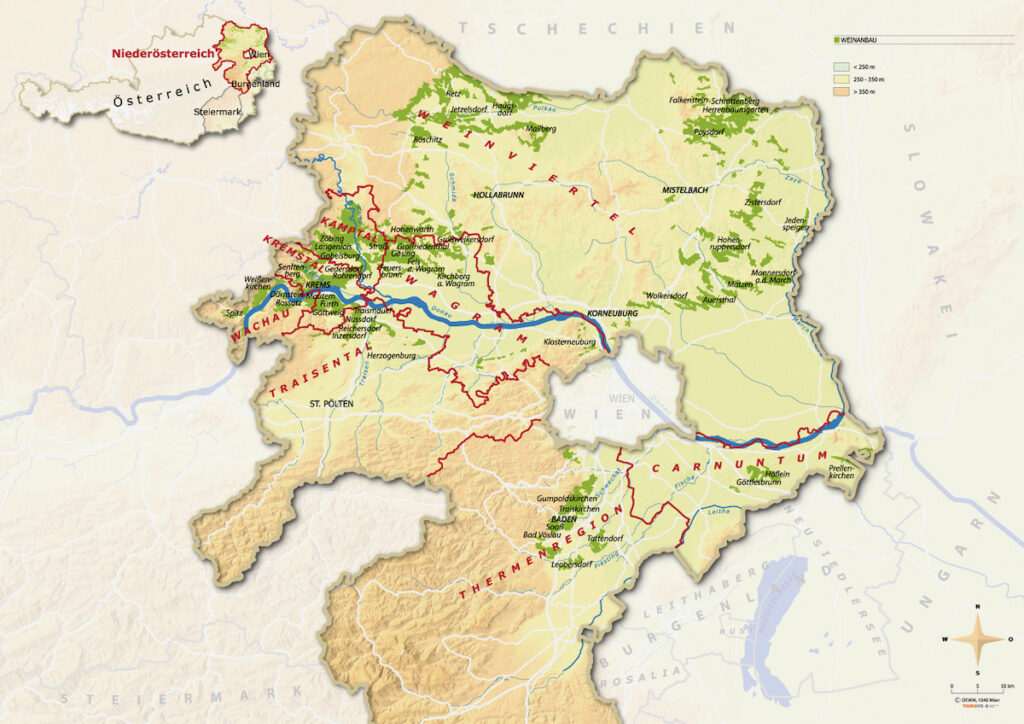
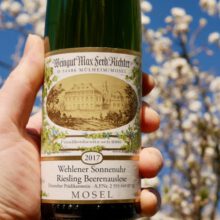

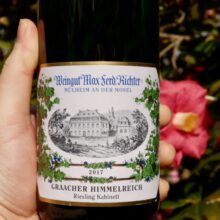
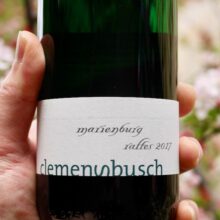
You must be logged in to post a comment.